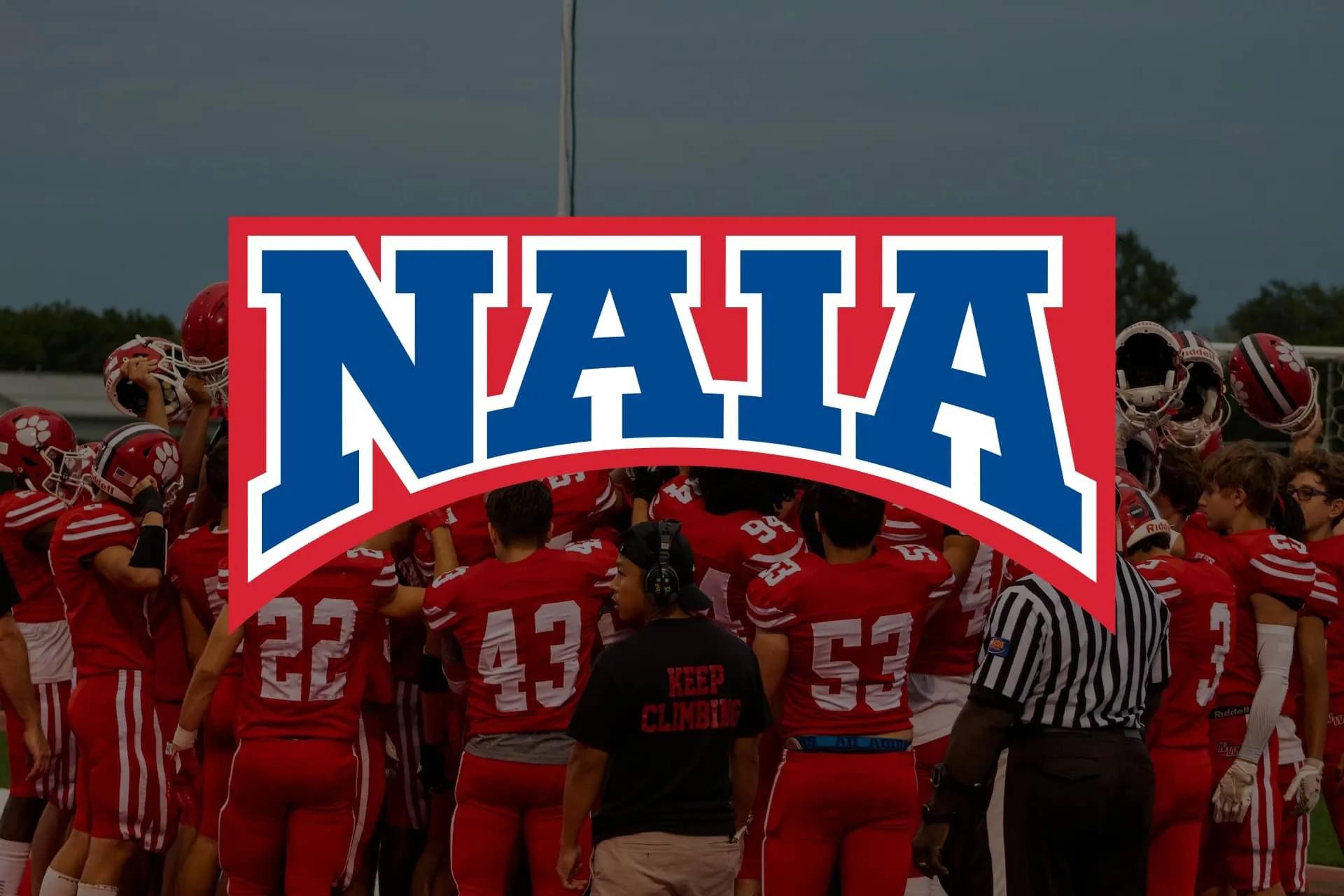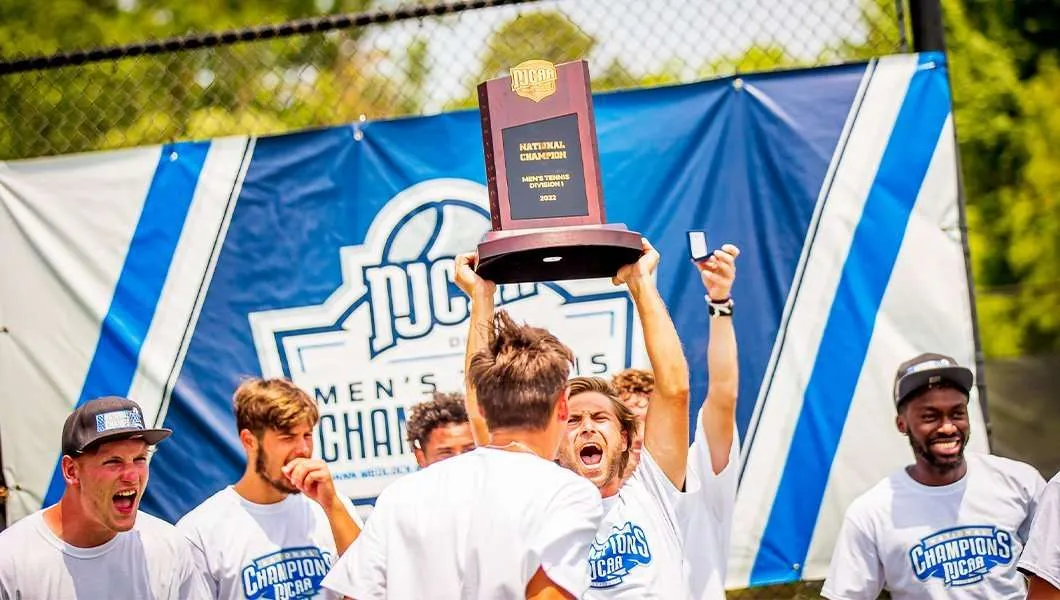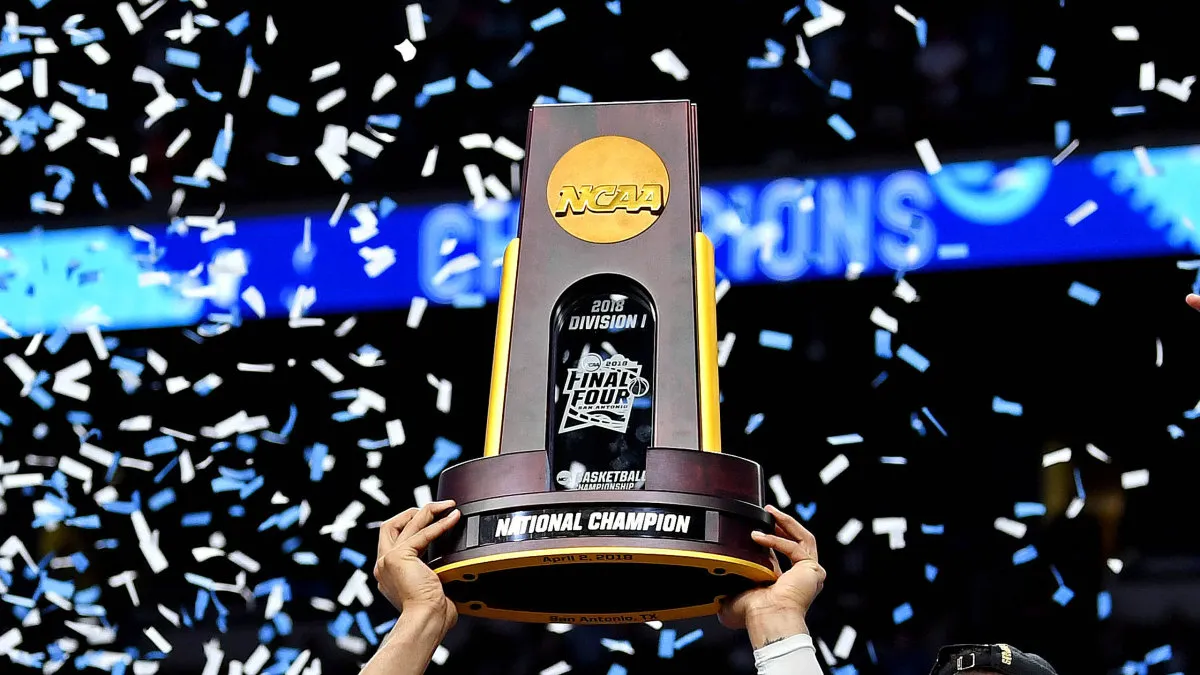What is NAIA? A Guide for Future Student-Athletes
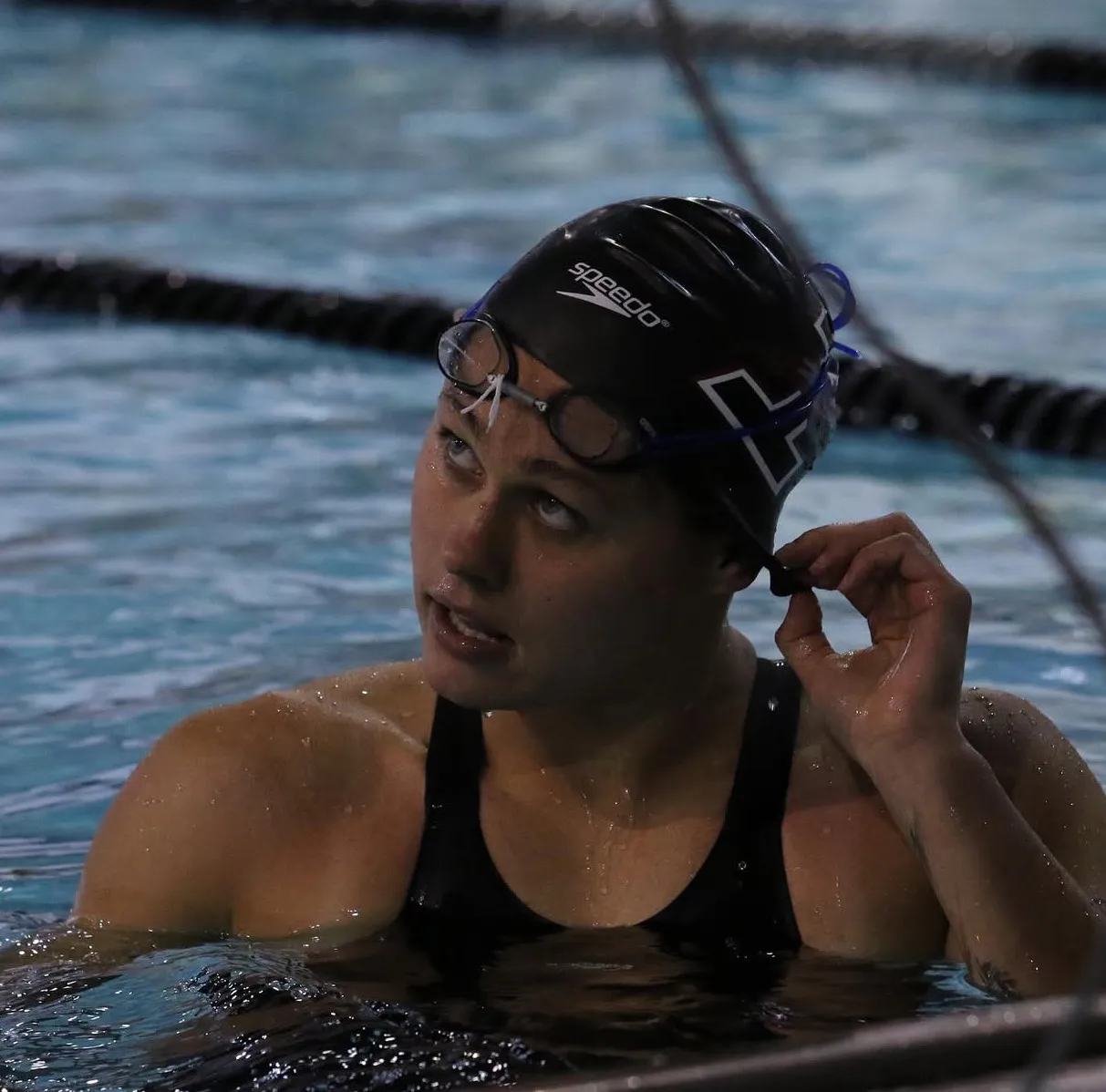
Maria Rezhylo
All-American swimmer & swim coach
Navigating the world of U.S. college sports can feel overwhelming, especially when acronyms like NCAA, NAIA, and NJCAAenter the mix.
One lesser-known but highly valuable organization for prospective collegiate athletes is the NAIA, or the National Association of Intercollegiate Athletics.
In this guide, we'll break down exactly what the NAIA is, its eligibility requirements, how it compares to othercollege sports organizations, and why it might be the perfect fit for high school athletes and their families.
What does NAIA stand for?
NAIAstands for the National Association of Intercollegiate Athletics.
Established in 1940, the NAIA began as a governing body focused on small colleges and universities that felt overlooked by larger institutions. Its creation was driven by a desire to offer fair competition and recognition to student-athletes from smaller, often private schools.
TheNAIA’s missionis straightforward yet impactful: promote education and character development through intercollegiate athletics.
It prioritizes a balanced experience that equally values academics, community service, and athletic excellence. The NAIA serves student-athletes who aim to compete at the collegiate level but might prefer smaller campuses, personalized coaching, greater flexibility in balancing their academic and athletic responsibilities, and valuable scholarship opportunities.

Does NAIA have divisions?
Unlike the NCAA's three-tier system, the NAIA generally operates without formal divisions across most sports. All member schools compete for the same national championship in each sport, meaning a small liberal‑arts college and a larger private university are in the same competitive pool.
Historical note:
The NAIA formerly split some sports—most notably men's and women's basketball—into Division I and Division II.
Beginning with the 2020–21 academic year, those divisions were consolidated into a single division to streamline competition and crown one national champion per sport.
Football has competed in a single division since 1997.
What this means for recruits:
You don't need to worry about targeting "NAIA Division I" or "Division II" programs. Instead, concentrate on the school's overall athletic strength, coaching philosophy, and academic fit, since every NAIA program is essentially competing for the same postseason bracket.
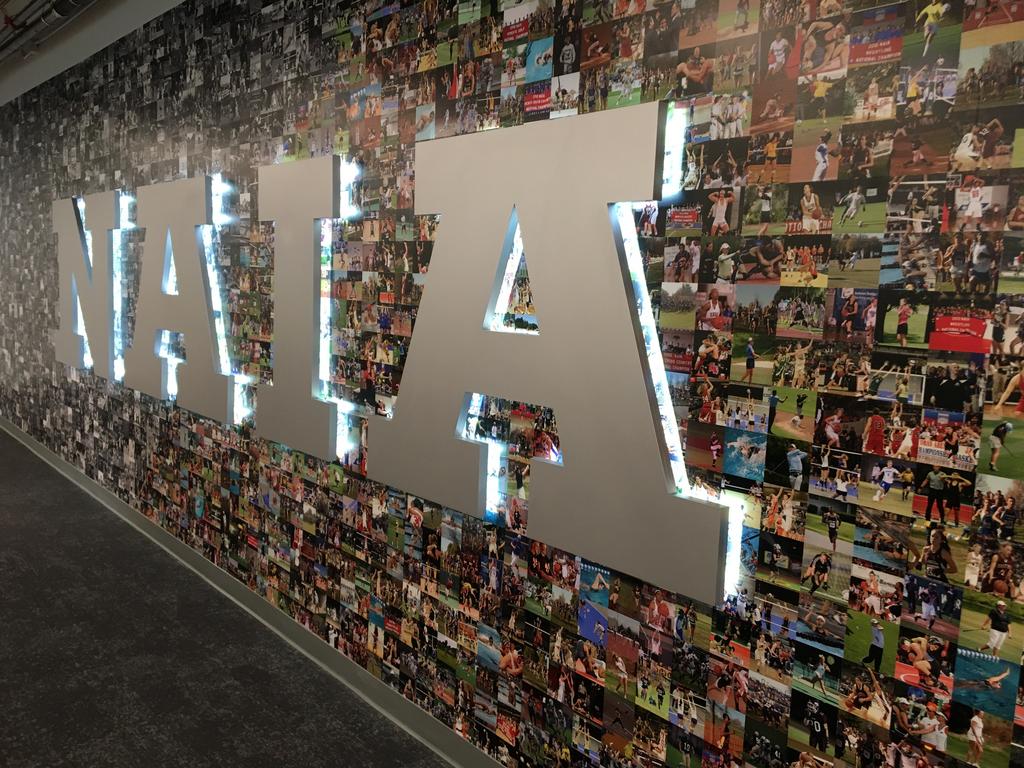
Can NAIA schools give athletic scholarships?
Yes, NAIA schools can and do offer athletic scholarships.
This is an essential distinction compared to the NCAA Division 3, which does not provide athletic scholarships.
NAIA financial aid is significantly different from NCAA Divisions II and III:
- NCAA Division 2provides partial athletic scholarships, limited by sport-specific caps.
- NCAA Division 3doesn't offer athletic scholarships; instead, it provides academic or need-based aid.
- NAIA schools have fewer restrictions, offering more partial and full-ride scholarships.
Typically, NAIA scholarships can range significantly, often covering tuition fully or partially.
The flexibility allows NAIA institutions to adjust scholarship amountsannually based on an athlete's performance, financial need, and institutional budgets.
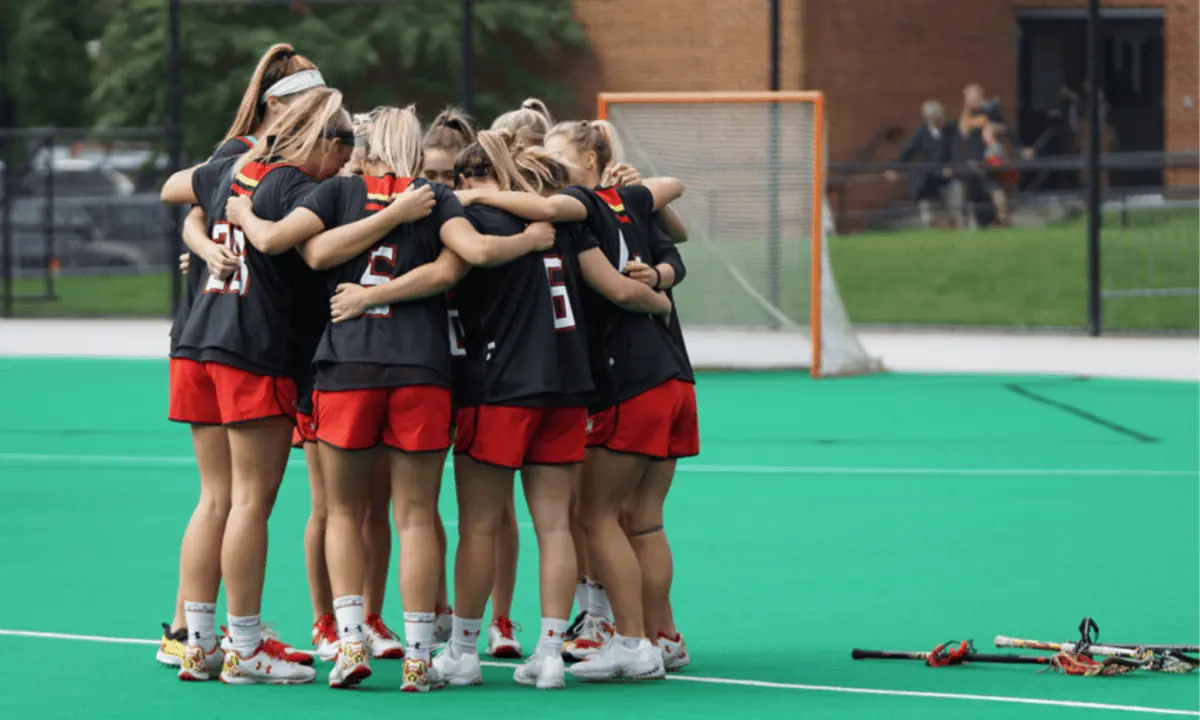
How many NAIA schools are there?
As of 2025, there are approximately 240 member schools within the NAIA.
These institutions span various regions, with states such as Kansas, California, Missouri, and Iowa boasting notably high representation.
NAIA member schools tend to be smaller in size, often private colleges or universities with enrollments typically ranging from a few hundred to around 3,000 students.
The smaller, community-oriented atmosphere enables athletes to have more direct interaction with professors and coaches, fostering a supportive environment both academically and athletically.

Is NAIA better than NCAA Division II or Division III?
It's crucial to understand that "better" is subjective and heavily dependent on individual preferences and goals, especially when comparing two separate associations like the NAIA and NCAA.
NAIA isn't inherently superior or inferior to NCAA Division II or Division III. Instead, each offers different experiences and advantages.
In terms of competition level, NAIA teams often compete similarly to NCAA Division 2 programs. Many NAIA athletes possess talent levels comparable to Division 2 and even lower-tier Division 1 athletes.
However, NAIA generally provides slightly less national media exposure compared to NCAA Division 2 programs, but more athletic scholarship money compared to NCAA Division 3 schools.
Ultimately, the choice between NAIA and NCAA schools depends on the student-athletes' priorities in college athletics, including the level of competition, scholarship availability, academic flexibility, and the desired balance between sports and academics.
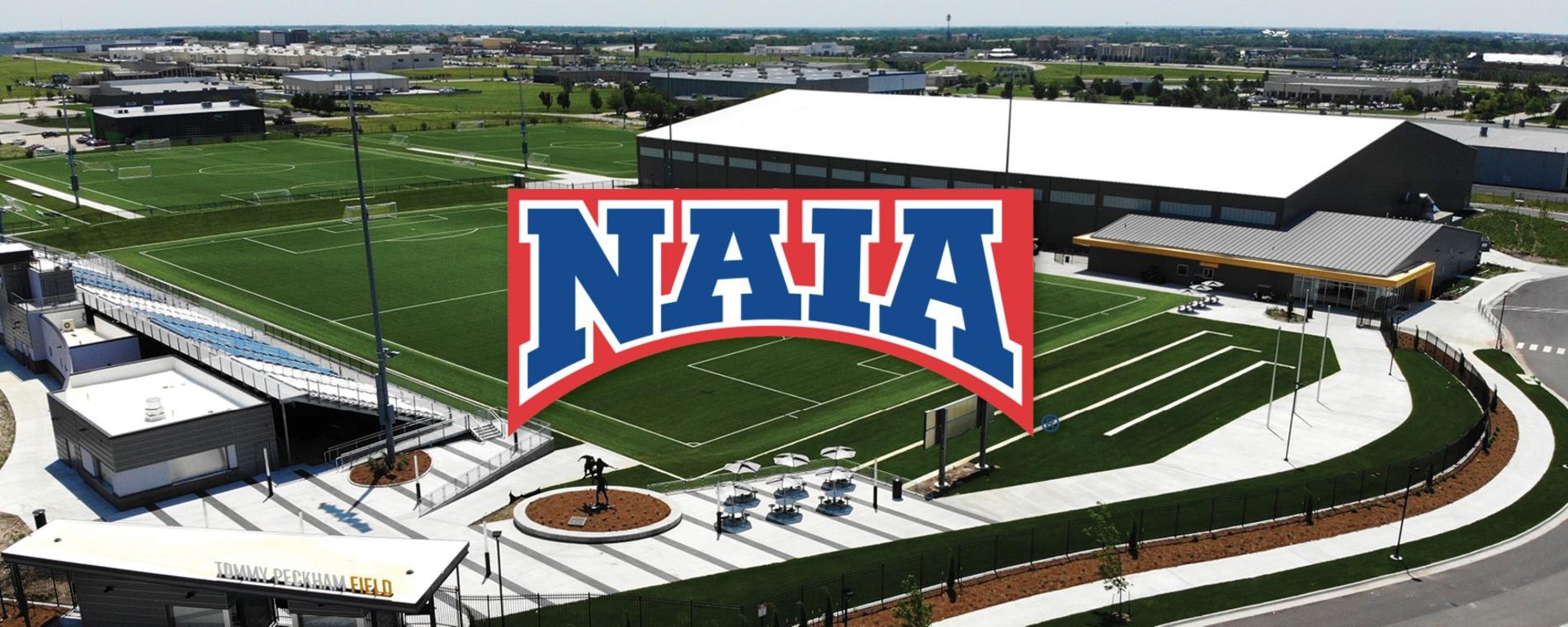
Pros and Cons of NAIA colleges
Pros:
- Scholarship Flexibility: Fewer restrictions enable more generous and adaptable financial support.
- Smaller Class Sizes: More personalized academic attention and support.
- Strong Athlete-Coach Relationships: Frequent, direct interaction and mentorship.
- Balanced Lifestyle: Emphasis on maintaining equilibrium between athletics, academics, and personal development.
Cons:
- Less Media Coverage: Limited national exposure compared to NCAA Division I and Division II.
- Smaller Athletic Budgets: Potentially fewer resources, facilities, and training equipment.
- Fewer Professional Pathways: Generally, less direct visibility for professional scouting.
Why Consider This Division?
Choosing NAIA can be an excellent path, particularly if you prioritize a comprehensive educational experience alongside athletics.
The NAIA is ideal for student-athletes who desire a balanced lifestyle without compromising their participation in competitive sports.
Historically, numerous athletes have successfully transitioned from NAIA programs, and some have even gone on to become professional athletes.
Scottie Pippen, a legendaryNBAplayer, famously started at an NAIA school, proving that talent finds recognition regardless of institutional affiliation.
Parents and student-athletes should consider the NAIA not as a backup option, but as a genuinely valuable and respected pathway offering significant opportunities for athletic, academic, and personal development.

The Value of Exploring All Options
Understanding the NAIA is essential because it widens the scope of options available to aspiring collegiate athletes.
Not everyone thrives in the highly competitive, high-stakes environment of NCAA Division 1, and many find tremendous success and satisfaction within the NAIA.
As you explore college sports, keep an open mind.
The NAIA isn't just another option—it's potentially your best choice for achieving academic success, athletic fulfillment, and personal growth.
Embrace the opportunity to find your perfect fit, and remember that your path to success can take a different form yet be equally rewarding.
